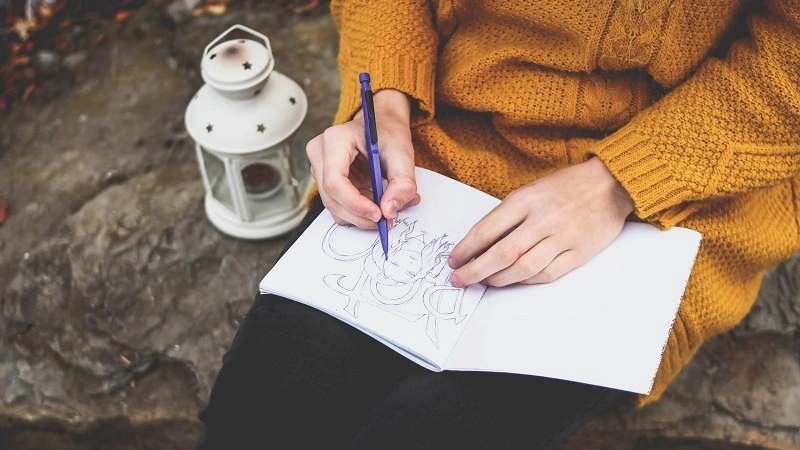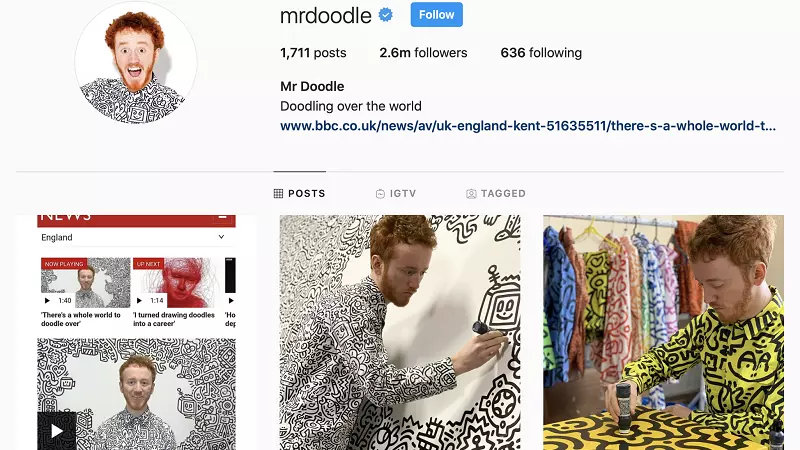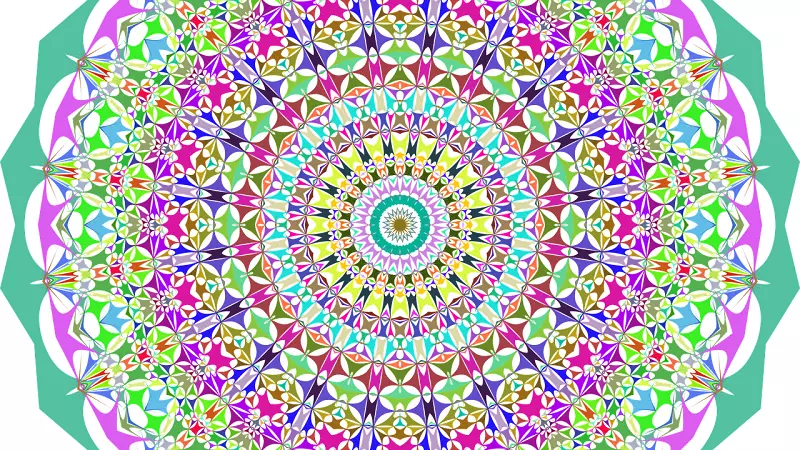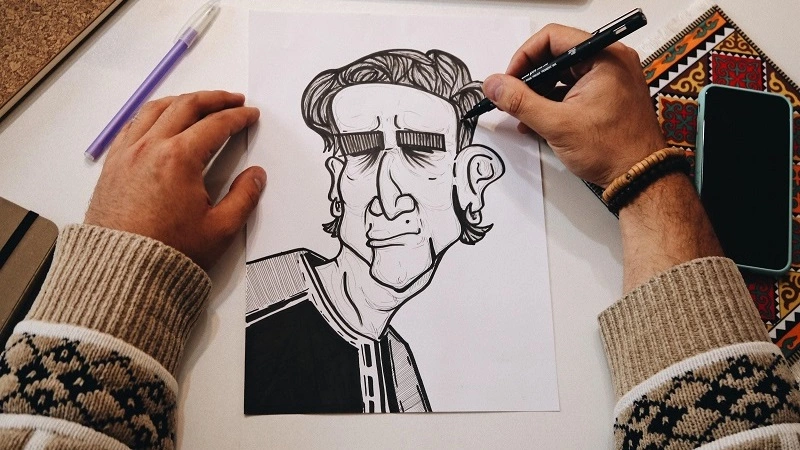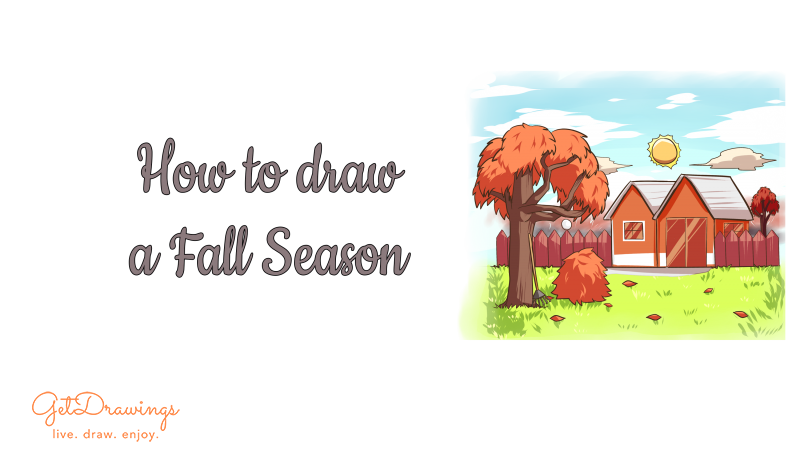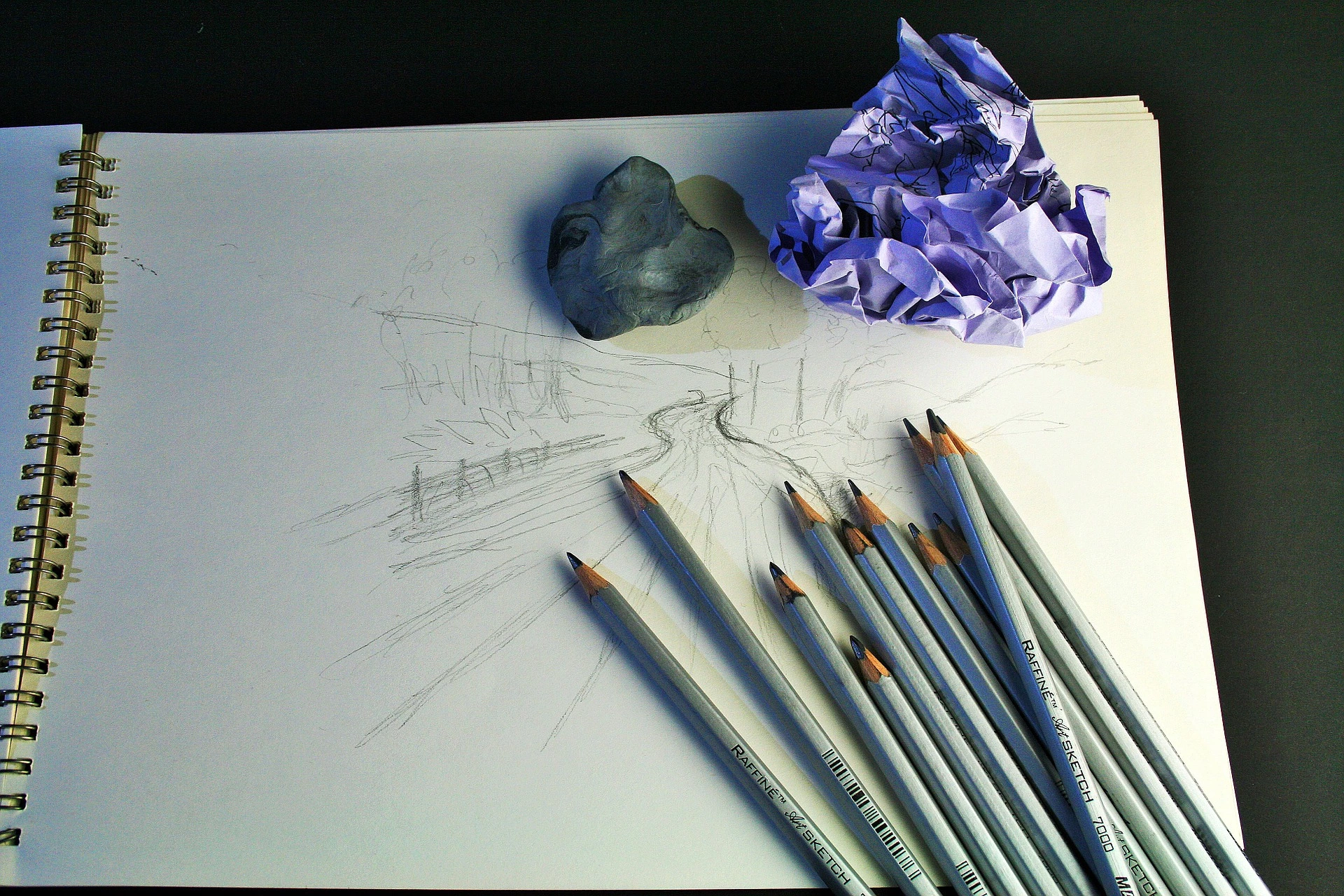
Making Quick Sketches to Improve Your Skills - Everything You Need to Know About Rapid Drawing
If you want to improve your drawing skills, you’ll need to spend a lot of time practising. It’s a long process which requires time and dedication. Besides complex artworks, every artist makes smaller works. The goal is to develop and experiment so the big projects are smoother. Trying out several techniques and drawing methods also helps to understand your working rhythm and speed. Quick sketches are one of those great routines that develop your skills and give you a better understanding of the use of tools and represent what you see on your paper. Everything you need to know about rapid drawing is compounded in this article.
The topics we’ll cover:
- What is a rapid drawing?
- Why practice it?
- How does it help you improve your drawing skills?
- What do you need to practice?
- How to do it?
- Easy things to draw to get started
What is a quick sketching?
Speedy drawings are usually completed in 5, but maximum 10 minutes. It’s a sketch made quickly without highlighting any details or pursuing to be perfect. Often they’re unfinished, as artists make them in totally random situations. Therefore, the scene might change and the sketching process stops as well. But the purpose of it is not to have completed drawings. It’s to learn, develop and put the mind in ease while practising this meditating activity.
Why do quick sketches?

Let’s analyse its benefits and understand how it helps you improve your drawing skills and find your style easily.
Helps to accept any of your works
When making quick drawings, you don’t have time to make corrections and clean your paper to start again. You’ll have dozens of works you’re not satisfied with, but it’s part of the learning process. Because among the many “bad” works, there’ll be some real gemstones too. Fast drawings help to accept those botched versions and help you believe that you can do good.
Helps to let your fear go
When learning how to draw, people tend to take the process too seriously to mark every line perfectly. Making fast and simple sketches help to trust your eyes better and let your arm do the work.
Saves you from getting lost in details
Great illustrations don't always have to be detailed. It’s more important to mark the overall picture of your composition and give back the silhouettes on your paper. Making fast sketches improves that skill and doesn't let you go too much into unnecessary details. So when working on complex projects, you’ll know how to give a helping frame to your work and when to focus on the details.
It helps to test your composition
Once you have enough practice of simple drawing, you can start designing compositions. It’s a different field, which requires some designer point of view and the understanding of design elements. Rapid sketching is a preliminary tool to test those compositions you build to reflect on them on the paper.
It’s the perfect design tool
If you’re thinking about bringing your own ideas into life and designing specific items, such as clothes, furniture, tableware or interior elements, few-minutes drawings will help you in the process. If you master this, you can easily present your ideas on a piece of paper and develop those into structured plans to show the details of your design.
How do quick sketches help you get better?
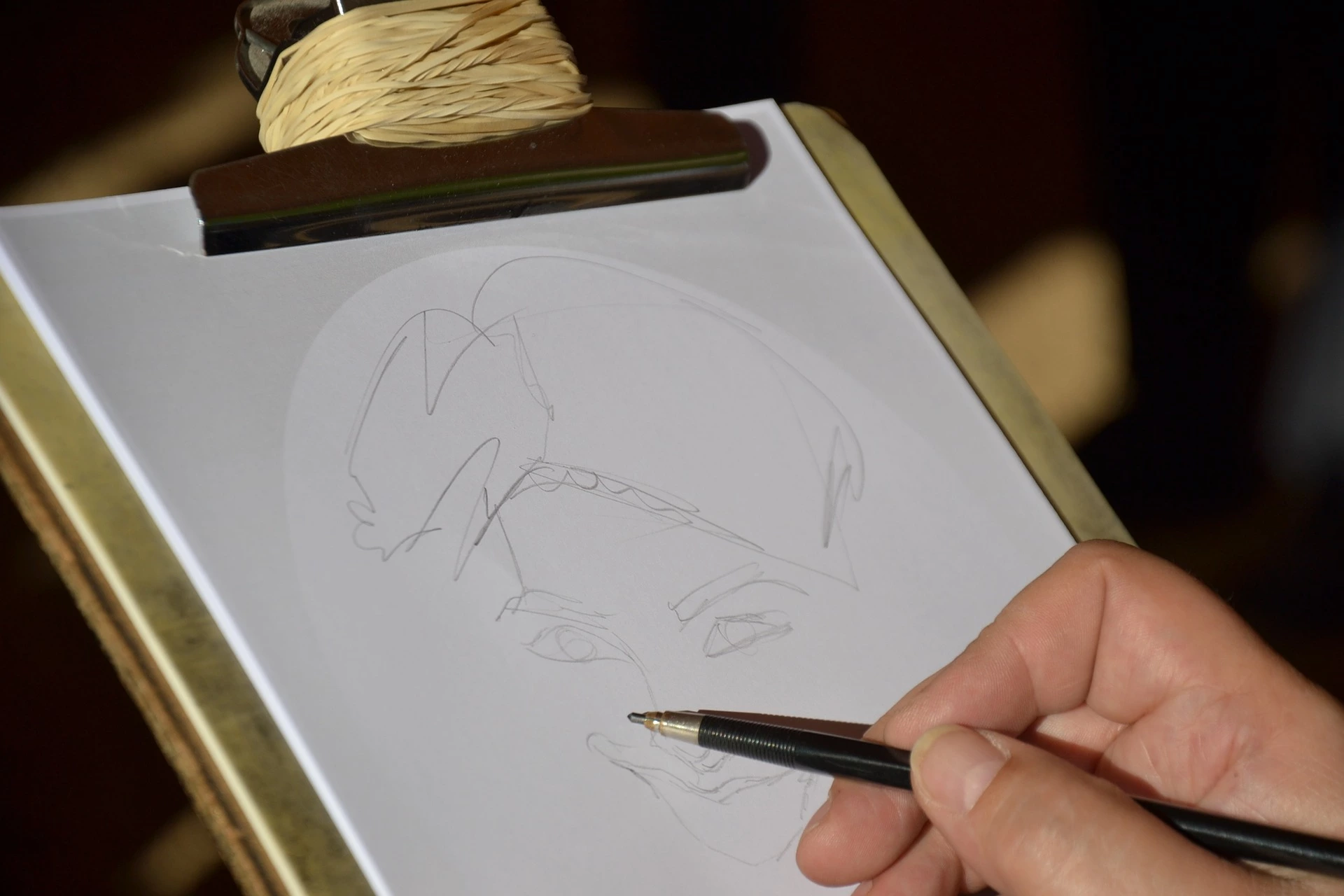
It helps to improve your drawing skills. Making quick sketches gives you confidence, you’ll get faster and more focused. So when you work on a bigger project, you’ll get started easily and the process will be smoother. It helps you develop how to hold a pencil and find the most comfortable drawing position. These come handy when working on a still life artwork or a complex portrait and having to concentrate for hours. Moreover, quick sketches help to connect your eyes, brain and hand. So you can develop a good flow when sketching.
What do you need?
You don't need any special equipment to practice. No rubber or sketching pad is necessary, as mostly you’ll be on the go and doodle by placing your sketchbook in your lap or holding it in your hand. So you’ll need your pencils and a sketchbook.
Sketchbook for simple sketches
You can do quick sketches anytime, anywhere. When drinking your morning coffee, commuting to work, walking in the park or before going to bed. And the list goes on. There’s no perfect timing. Look for small, few minute breaks during your day and make simple sketches. Because of the unlimited options and timing, always have a sketchbook with you.
Sketchbooks are for experimenting. It doesn't have to be nice and tidy. Make it creative. Make it messy. It’s more like a process book which documents your development and helps you analyse your previous works. You can have loose papers in it and even random notes. It’s a documentation of your journey from good and bad days.
How to do it?
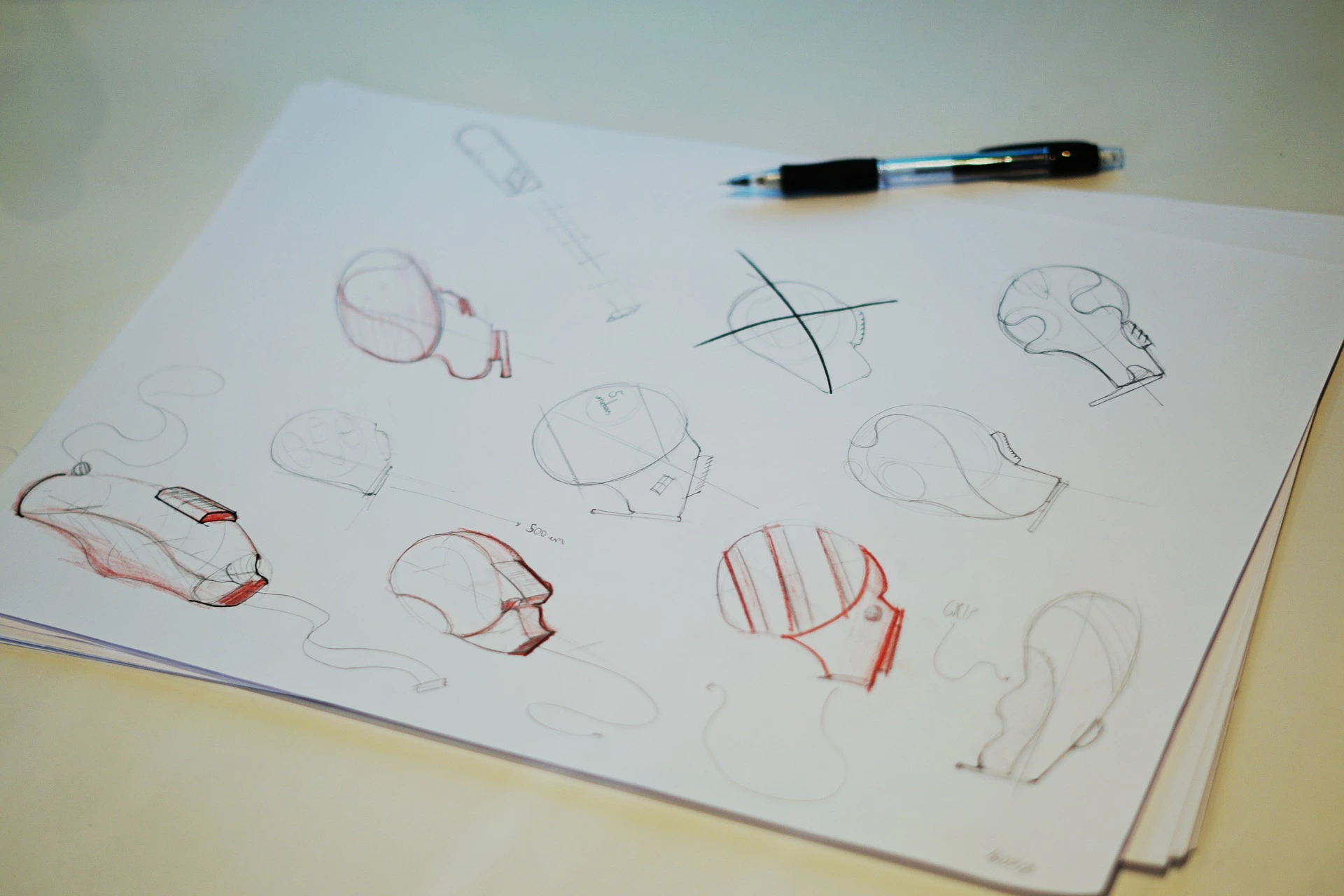
Read some practical advice before getting started. From timing to what to draw. You’ll be enjoying this learning process if following the list of tips below.
Don’t think too much
Overthinking is bad for your creativity, so don’t think too much. If you see any easy things to draw, get your pencils and paper and stop for a second.
Have several sketchbooks around you
Place a journal on your desk, so you can start sketching any time. Secondly, have something with you when you’re leaving the house. You can put a tiny A5 sized sketchpad in your bag. While it might be more comfortable to draw in A4 or A3 at home. Keep a few so you can sketch anytime you feel like.
Look for easy things to draw
As time is limited, don’t start big projects. There are many easy things to draw around us. Sketch your phone, your mug or anything around you. It doesn’t have to be complicated at all.
Always write dates
Documentation is as important as the drawing itself. It shows your previous moods, style and helps you reflect on your works. Mark your sketches with dates, including month and year so you can see how your skills are blooming and what you were up to in the past.
Build a composition
As you start sketching on an empty page, you might draw something in the corner of it and leave the other parts of the paper empty. Next time, continue on the same page. By doing that, you’ll slowly build a composition with different expressions and moods. It’s almost like a story that you create along the way.
Rework your simple sketches
Sometimes the quick drawings you make turn out to be pretty good. Focus a little on those you’re satisfied with and spend some time reworking them. Scale them up, play with colours and look at them from a different perspective. What were a few lines doodle, now can be the centre of your composition.
Experiment with different materials
Try making rapid sketches with different drawing materials. Graphite pencil is a great start, but you might want to try a pen or charcoal for a very distinctive look and vibe. Start with graphite. It’s simple and easy to use. The other two are for intermediate students. Drawing with a pen is smoother but more defined. It’s better to begin to practice when you have enough experience of drawing techniques and drawing speed.
Show your work to others
Even though simple sketches are often considered as studies and not like ready artworks, it’s worth presenting it to your friends, family or teachers. Getting feedback is essential as it helps you realize the context and it shows the sketch from a different perspective. Outsiders see things differently and they might find a real gem in your sketchbook you haven’t even considered being successful before. They can also give you tips on how to improve.
Combine quick sketches with complex drawing
It’s not enough to make only simple, 5-minutes drawings. In order to develop your skills, you should combine different drawing activities. Spend time with practising the basic drawing techniques, work on 1-week long projects and add quick sketches to the list. Also, try out new things often so you can find your style early and develop the most comfortable sketching approach.
Do it regularly
Make simple sketching a habit and practice it often. Arrive 10 minutes early to a meeting, have a few minutes stop at the park - look for everyday happenings and invest time in doing a few doodles. The more the better. If you can manage to practice it 3-4 times a week, you’ll be surprised how fast your skills start to improve.
Easy things to draw to practice rapid sketching
Here’s a summarised list to give you an idea about speedy drawing themes. Make fast drawings of the followings to get started:
- People on the bus
- Your breakfast
- Books on the shelf
- The interior of your home
- Something you see in the park
Simple drawing topics should be easy to find. Basically, anything can be your inspiration. But if you need a concrete plan and more sketching tips, visit our epic list of drawing ideas. Enjoy rapid drawing!
